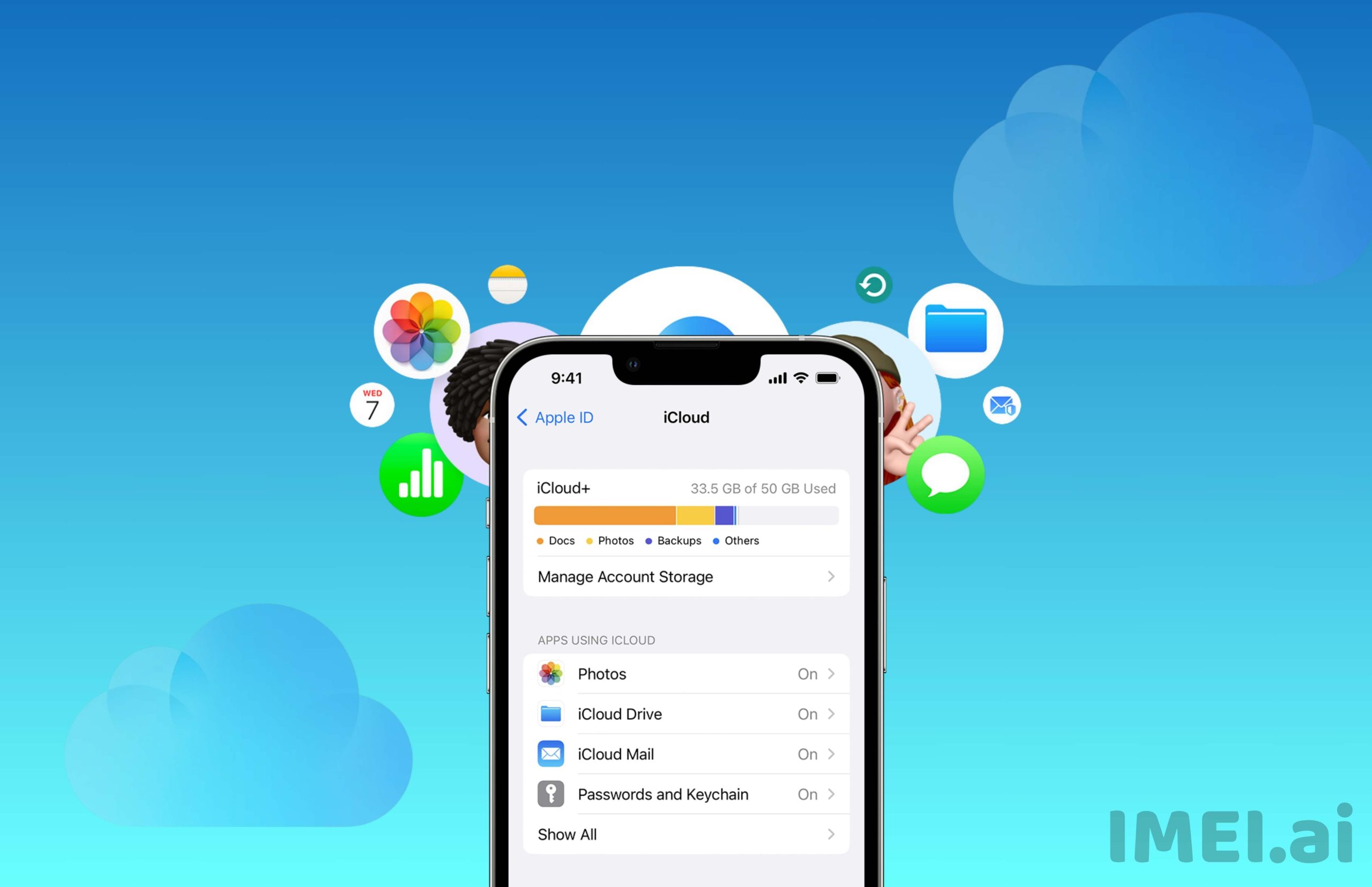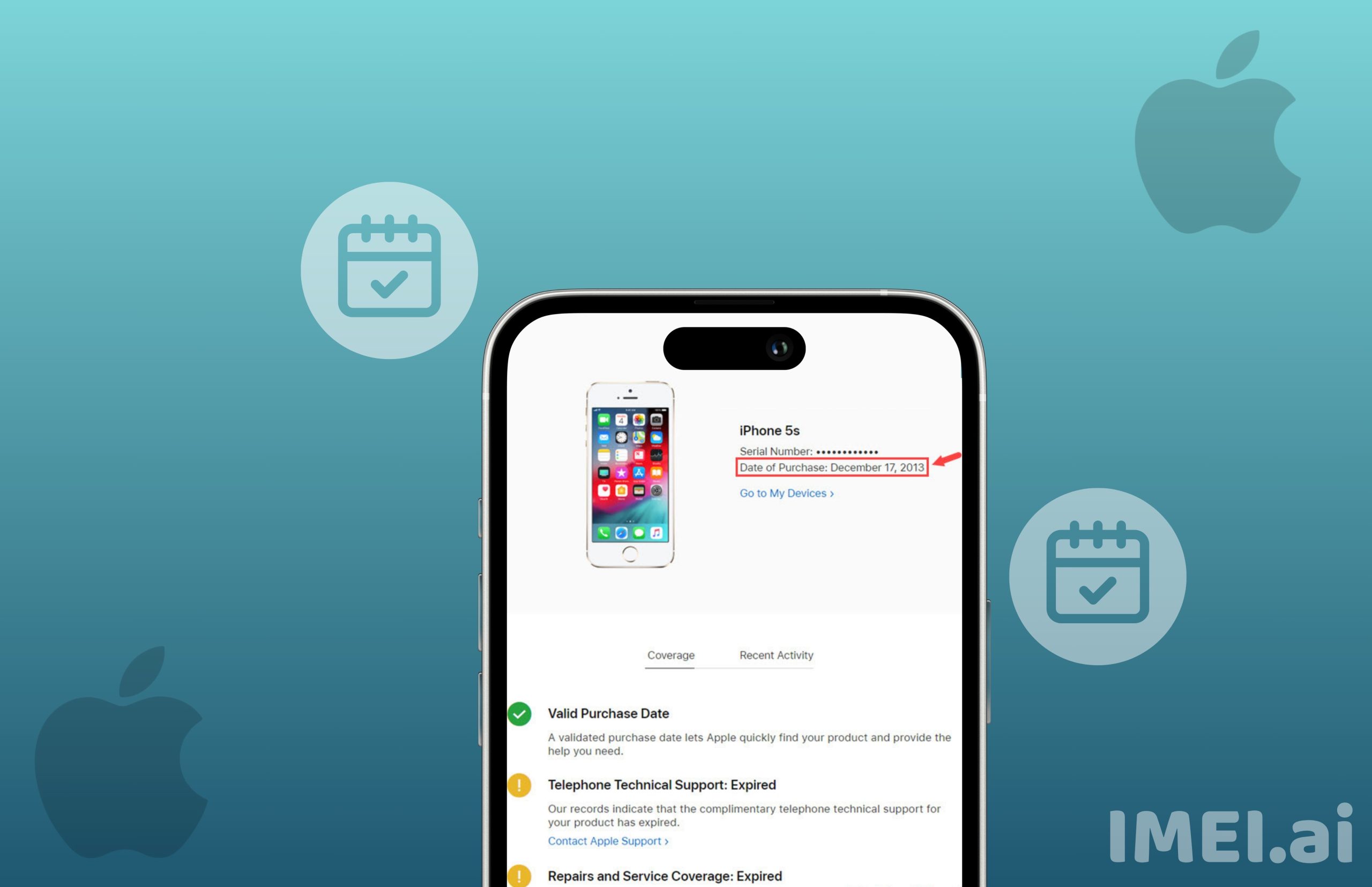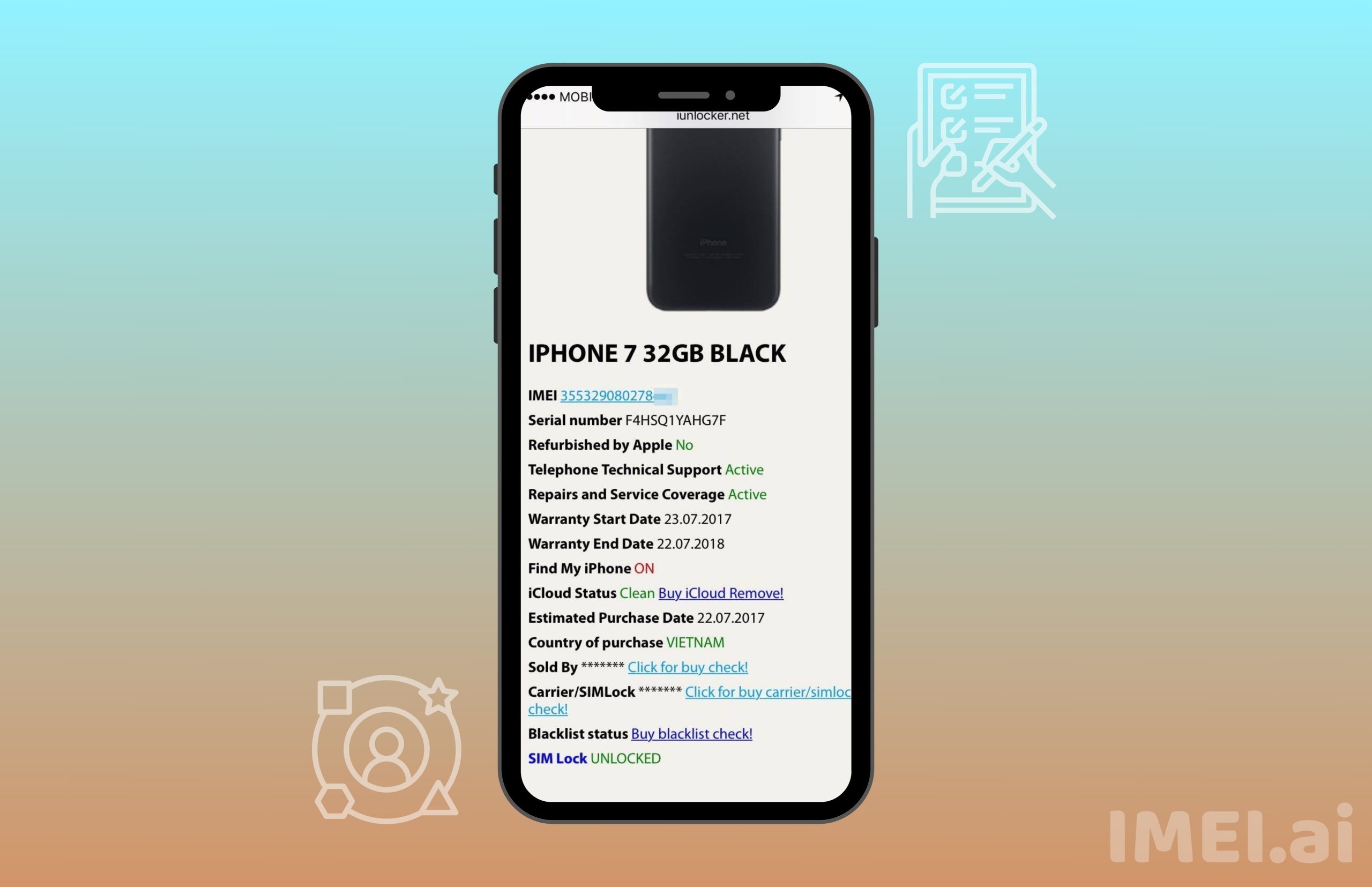
- Guides
iPhone 15 Camera vs. 14: Which is the Best Choice 2023?
September 18, 2023

iphone 15 camera. Apple boosted the main lens’s megapixel count from the original 13 on the iPhone 14 to 48, a four times improvement. Because of the option to shoot 48MP photos, pictures can be crisper, have more accurate colors, and perform better at night. Furthermore, using the 12 MP sensor’s center to zoom in while keeping quality is a really helpful tool.
Additionally, you get superior portrait mode images, a 12MP ultra-wide camera with reduced lens flare, and 4K video compatibility in cinematic mode.
The camera setup on the iPhone 14 is much simpler. It sports a 12 MP primary camera and a 12 MP ultra-wide camera, both of which are a little dated because they were both carried over from the iPhone 13. Although the photo and video quality is consistently decent and you’ll probably be pleased with the results, these cameras are not among the best Apple offers. The additional resolution of the iPhone 15 cameras and any new portrait mode capabilities won’t be available to you.
You should get good photo quality on both phones because they both feature 12MP selfie cameras that work similarly.
TL;DR: The iPhone 14 features stable and reliable cameras, but the iPhone 15 offers the ultimate photographic experience.
Table of Contents
The iPhone 15 camera
The new 48MP primary camera on the iPhone 15 and iPhone 15 Plus, which was already mentioned, has an impact on a number of things. First of all, since the camera now records more data with each picture, photographs will have significantly greater levels of detail.

The camera shoots pictures in the new super high-resolution photo mode by default, which creates 24MP photographs that seek to show a lot of information while still preserving valuable storage space. Users have the option to use the full 48 MP if they so desire. After all, a 24 MP picture file is substantially smaller than a 48 MP
The iPhone 15 and 15 Plus also include a 2X sensor crop, which offers a 2X zoom with image quality extremely comparable to a specialised telephoto camera, thanks to the new 48MP image sensor. This function gives the new standard iPhones the impression of having three cameras rather than just two on the rear.
Additionally, zooming in and out between the 1x and 2x ranges when recording video with the primary camera happens without any abrupt jumps or cuts. It’s known as continuous zoom.
The iPhone 14 camera
The 48 MP sensor in the iPhone 14 Pro camera is the star of the show here. This permits the following things:

- The camera bins pixels by default in groups of four, producing 12 MP images with better illumination.
- ProRAW allows you to take 48 MP photographs in full resolution.
- Between broad 1x and telephoto 3x, there is a new zoom step that is created by cropping into the new, bigger sensor for a 2x zoom.
The iPhone 14 Pro will intelligently decide whether to use pixel binning and when to aim for higher-res photographs if you leave it on auto. The phone will still use machine learning and post-processing to provide a large, high-res image even if you choose to force 48 MP after you enable ProRAW.
Apple refers to the 2x step as “optical-quality zoom” and describes it as a crop from the 48 MP sensor (yeah, Apple has a propensity for labelling things in a way that makes them seem special and distinct). It may be used in both portrait mode and regular shooting modes, giving you additional options when setting up a situation.
With a larger sensor on the inside, the ultra-wide camera still only boasts a 12 MP resolution. This ensures much improved low-light performance, as well as an aperture of F2.2 and the new Photonic Engine (an enhancement to Apple’s image-processing technology, Deep Fusion). Wide-angle and telephoto cameras appear to provide considerably better photographs in low light.
Pros and Cons of Each Camera

- advantages of the large internal memory of the Apple iPhone 15 (128 GB, 256 GB, or 512 GB).
- The 6.1-inch Super Retina XDR OLED screen and Dolby Vision are advantages of the Apple iPhone 15.
- The Apple iPhone 15’s IP68 classification for water resistance is a plus. This phone gets washed to remove various infections.
- The Apple iPhone 15 includes NFC for wireless payments and data transfer.
- The inclusion of the USB-C port in place of the Lightning port makes the Apple iPhone 15 more interoperable with accessories and other devices.
- Cons: The Apple iPhone 15 lacks a MicroSD external memory slot. The most recent iPhone hardware does not support MicroSD cards to increase storage.
- The Apple iPhone 15’s non-removable battery is a drawback. Because of the intriguing body design, the battery shouldn’t be detachable.
- The 3.5 mm headphone jack is a fault of the Apple iPhone 15. Without a USB-C to 3.5 mm adapter or by utilising Bluetooth, we are unable to connect to external audio devices.
- The Apple iPhone 15 still uses the less expensive Apple A16 Bionic chip, not the A17.
- The cost of the Apple iPhone 15 is not low.
PROS:
The cameras in the iPhone 14 and 14 Plus aren’t all that different from those on the iPhone 13, though there are a few improvements to the already strong camera system. Both phones include a 12-megapixel main camera with an aperture of f/1.5 and a 12-megapixel ultrawide camera.
The larger sensor size improves the main camera’s low-light capabilities. The Pixel 6 and Galaxy S22 have low-light features that provide more realistic and sharp photos, but the iPhone 14 and 14 Pro remain capable. Its low-light images are somewhat brighter than others.
On the front is a 12-megapixel, f/1.9 camera with improved low-light skills. Selfies captured with a camera are as clear as they can be.
If you want a 48-megapixel main camera or a higher megapixel count, you must acquire the iPhone 14 Pro or Pro Max. However, for the vast majority of users, 12 megapixels will be enough.
CONS:
Even though I don’t want to minimise the capabilities of the iPhone 14 and 14 Plus’s present camera arrangement, a telephoto lens would be useful. You are only allowed to utilise a 5x digital zoom when zooming. The Galaxy S22, on the other hand, has a 3x optical zoom as well as a 30x digital zoom. a far bigger audience than Apple’s main model.
Which is the best choice?
The answer is determined by your own requirements and interests. If you appreciate cutting-edge technology and have extra money in your budget, the iPhone 15 is an excellent purchase. The iPhone 14 is a terrific choice if you’re seeking a less expensive device with top features and performance.

The iPhone 14 and iPhone 15 are both outstanding smartphones with unique features and minor differences. Even if the iPhone 15 has a more distinctive look and a superior camera system, the iPhone 14 remains a powerful gadget that provides outstanding value for money. Consider your preferences as well as your budgetary limits while picking between the two phones.
Conclusion
Apple has doubled the size of its primary lens to a 48-megapixel sensor, which is four times larger than the primary lens on the iPhone 14. This results in clearer images, more accurate colours, and improved nighttime performance. The iPhone 15 and iPhone 15 Plus include improved portrait mode photographs, a 12MP ultra-wide camera with decreased lens flare, and 4K video capability in cinematic mode.
The iPhone 14’s camera setup is simpler, with a 12 MP primary camera and a 12 MP ultra-wide camera that are both carryovers from the iPhone 13. Although both cameras are not among Apple’s greatest, the quality of the photographs and movies is consistently good. Both phones should have decent photo quality because they both have 12 MP selfie cameras that should work equally well.
The iPhone 15 and iPhone 15 Plus have a new 48MP primary camera, resulting in higher detail and improved lighting. Users can utilise the full 48MP if they choose to do so, but the camera takes photos in the new super high resolution photo mode by default, producing 24MP images that offer great detail while also saving storage space.
The iPhone 14 Pro camera has a 48MP sensor, enabling a 2X sensor crop, a 2x zoom step between wide 1x and telephoto 3x, and a new Photonic Engine for noticeably better low-light performance. The ultra-wide camera also has a bigger sensor underneath, though it is still a 12 MP resolution.
The iPhone 14 and 15 Plus’ cameras have some improvements to the already competent camera system, with a 12-megapixel f/1.5 main camera and a 12-megapixel f/2.4 ultrawide one. The main camera boasts improved low-light performance thanks to the larger sensor size, while selfies from the camera are expectedly sharp and satisfactory.
The best option is determined by personal tastes and needs. If you value cutting-edge technology and have the budget to spare, the iPhone 15 is a fantastic investment. However, if you’re looking for a more budget-friendly option with excellent features and performance, the iPhone 14 is an excellent choice.
FAQS
Does the iPhone 14 take better photos?
While the cameras on the iPhone 12 and 13 Pro garnered attention for their excellent quality, the 14 series is superior. Second-generation optical image stabilisation is built into the iPhone 14 Pro for sharper pictures even when your hands are moving.
Is the iPhone 14 camera better than the iPhone 13 camera?
The iPhone 14’s upgraded camera features, which include better (faster) low-light shooting and Action Mode, are the main distinction between the two iPhone models.
Is the iPhone 14 selfie camera better?
The Apple iPhone 14 performed brilliantly in our DXOMARK Selfie tests, placing among the top smartphones for front camera performance. It comes in second place immediately after the Apple iPhone 14 Pro, its more powerful sibling model.
Is the iPhone 14 camera better than the iPhone 12?
Which of the iPhone 14 and iPhone 12 is best for you? In almost every area, the iPhone 14 exceeds the iPhone 12, including screen brightness, CPU speed, camera capability, and battery life. Additionally, it features crash detection and rudimentary satellite communication.

